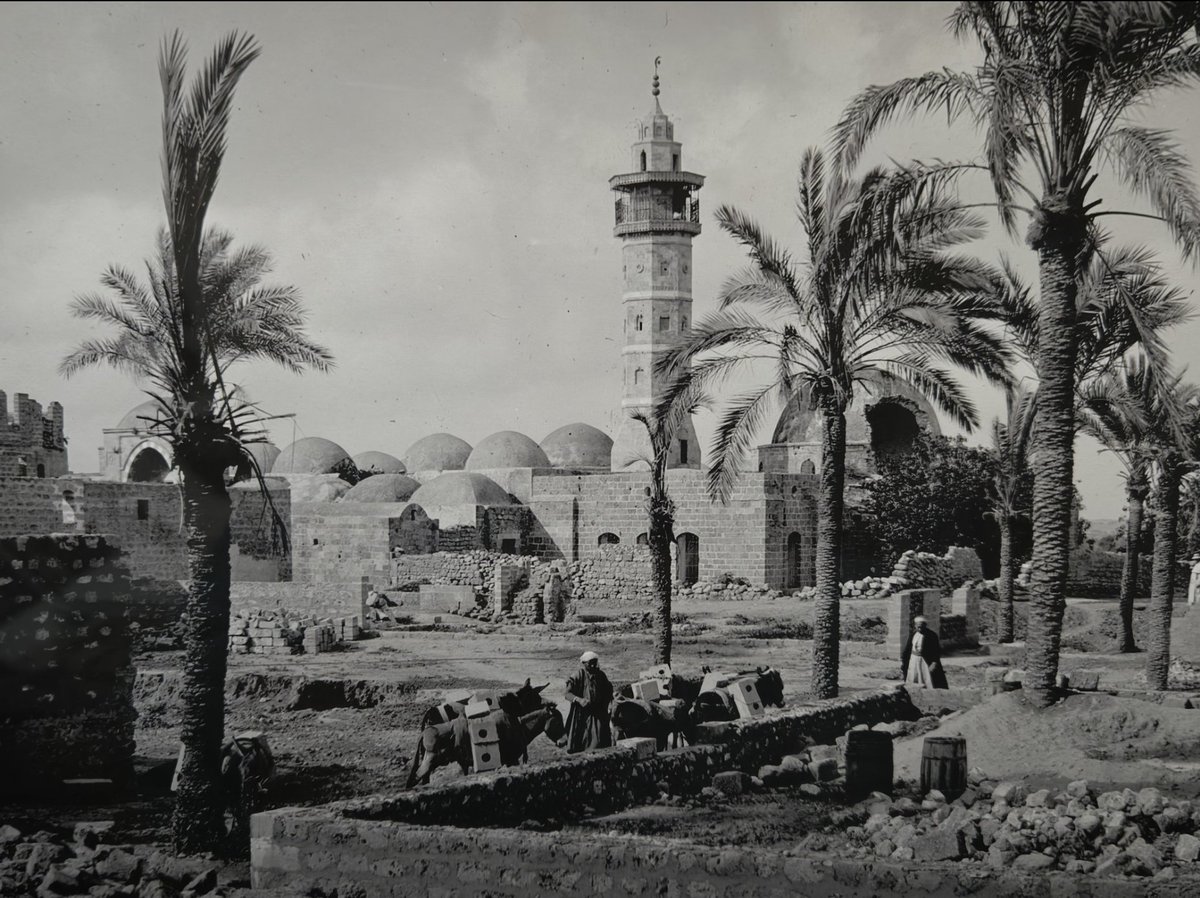The written history of Cambodia seems to begin in the Mekong Delta at the trading ports of Angkor Borei, Tak Eo, and its counterpart just over the Vietnamese border, Oc Eo. 

Here, in the rainy season, a network of canals flood into a wide, sweet-water lagoon that strongly resembles the lagoon of Venice and which leaves the higher hills, like the early temple site of Phnom Da, as conical islands in the stream. 

This lagoon became in the 1st century CE, the terminus for a trade route leading Eastwards to India, Persia & the Roman Red Sea ports & Westwards towards China. The Chinese called this area Funan; the Indians, Vyadhapura. We do not know what it was called by its own inhabitants 

Chinese sources marvel at the exotic goods that were available here: "This place is famous for precious rarities from afar," wrote one Chinese trader: "Pearls, incense, drugs, elephant tusks, rhinoceros horn, tortoise shell, coral, lapis lazuli, parrots, kimgfishers & peacocks." 

Excited by such descriptions, a French archaeologist named Louis Malleret set to work in the 1920s and found at Oc Eo a large town, centrally planned with a geometrical layout, and an extensive canal system dating from about the late fifth and early sixth centuries.
Malleret also found a whole museum-full of treasures to match these descriptions, and which also seemed to hold a clue as to how Indic culture, religion and languages first seaped into the region. 

In the lower layers, Malleret found many Indian trade goods but no signs of Indic religions: there were shards of Indian terracotta containing writing in the Indian Brahmi script, a S Indian iron dagger and glass beads....
Then, rather later, a lingam & several small plaques with Hindu deities were found, as well as Roman coins of Antonius Pius, Achmaenid Persian effigies, statues of Poseidon & Pan, even a bronze of Maximin the Goth that seem to have arrived through the trade of Indian middlemen. 

A few Han mirrors indicated connections with China, but what was fascinating was that it was the links with India- far more distant than China, geographically, proved far more common and significant.
In particular, it was on the hill of Phnom Da that were found some of the earliest Hindu and Buddhist shrines in this region. 

Other Buddhas seemed to echo those at Amaravati on the Andhra coast, and their close cousins at Anuradhapura in north west Sri Lanka. 

By the 7thC all these sculptures were being made in a new and very fine Khmer style, quite distinct from anything seen in India. 

Soon a script, based on Pallava grantha, was in widespread use. So too was an origin story also based on imported Pallava myths. Funan is said to have been founded by a South Indian Brahmin named Kaudinya who arrived with a javelin given to him by Asvatthaman, son of Drona. 

A local princess, the daughter of the local Naga king named Soma, paddled out to meet him and Kaundinya shot an arrow into her boat, frightening the princess into marrying him. 

Before the marriage, Kaundinya gave her clothes to wear, and in exchange her father, the dragon king, “enlarged the possessions of his son-in-law by drinking up the water that covered the country. He later built them a capital, and changed the name of the country to ‘Kambuja.’
Together these two gave birth to a royal Khmer line of Funan. Later on, many Cambodian Kings would trace their ancestry to this mythical pair, who represented, among other things, a marriage between the sun and the moon, India and Cambodia. 

• • •
Missing some Tweet in this thread? You can try to
force a refresh































